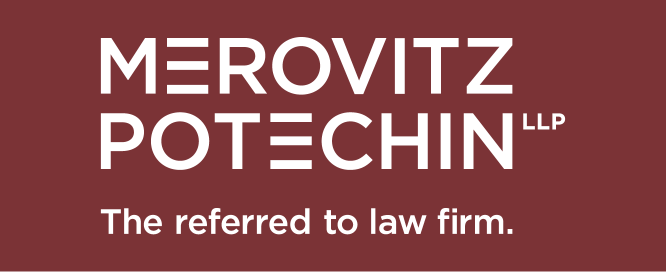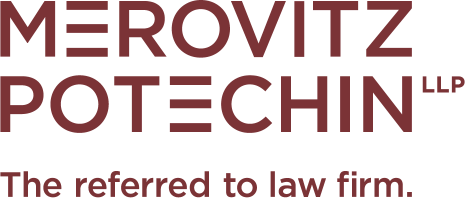On April 25, 2014, I wrote a blog on the interaction of:
- provincial legislation which allows a provincial government to continue the suspension of a bankrupt’s driver’s license as a result of an outstanding judgment against him or her arising from a motor vehicle accident despite the fact that the bankrupt has been discharged; and
- the federally enacted Bankruptcy and Insolvency Act (“the BIA”) which provides that when a bankrupt obtains his or her discharge from bankruptcy the bankrupt is released from any claim that is provable in his or her bankruptcy.
At the time of writing the blog, the Supreme Court of Canada had yet to weigh in on the issue. They now have in two (2) companion appeals: Alberta (Attorney General) v. Moloney, 2015 SCC 51, and 407 ETR Concession Co. v. Canada (Superintendent of Bankruptcy), 2015 SCC 52.
In Moloney, Moloney, who was uninsured, was involved in a car accident. The Province of Alberta compensated the person whom Moloney injured in the accident and then sought to recover that amount from Moloney. Moloney filed an assignment in bankruptcy and was subsequently discharged. The Province of Alberta suspended Moloney’s driver’s licence and refused to re-instate it based upon the provisions of its Traffic Safety Act (“the TSA”) which in effect provided that Moloney was not able to get his licence back until he paid the Province even though he had been discharged.
The Supreme Court found that when the operational effects of validly enacted provincial legislation conflict with validly enacted federal legislation, then the federal law prevails (this is known as the “doctrine of federal paramountcy”). In this case, both the TSA and the BIA were validly enacted. Consequently, the Supreme Court considered whether there was an operational conflict between the two in the sense that it was impossible to comply with both laws or, even if it was possible to comply with both laws, the operation of the TSA frustrated the purpose of the BIA.
In considering whether or not there was a conflict between the two Acts, the Supreme Court noted the BIA furthers two purposes: the equitable distribution of the bankrupt’s assets among his or her creditors and the bankrupt’s financial rehabilitation.
The equitable distribution of the bankrupt’s assets among his or her creditors is achieved through a single proceeding model in which the bankrupt’s creditors, who wish to enforce a claim, must participate in one collective proceeding. This ensures that the bankrupt’s assets are distributed fairly amongst his or her creditors where, as a general rule, all creditors rank equally and share rateably in the bankrupt’s assets.
As for the bankrupt’s financial rehabilitation, this is achieved through the discharge of the bankrupt’s outstanding debts at the end of their bankruptcy. Since the creditors are then no longer able to enforce their claims against the bankrupt, the bankrupt obtains a “fresh start” free from the burdens of his or her past debt.
With respect to the TSA, its aim was to ensure road safety. Pursuant to its provisions, no one is allowed to drive a motor vehicle unless the vehicle is insured. Furthermore, if a victim of an uninsured driver obtained a judgment against the uninsured driver but was unable to collect on that judgment, the Province of Alberta paid the injured person from a compensation fund. The judgment is then assigned to the Province who can enforce it. Section 102 of the TSA allowed the Province to suspend the uninsured driver’s licence until the judgment was satisfied or discharged otherwise than by a discharge in bankruptcy.
The Supreme Court held that s.102 of the TSA was a debt collection mechanism and essentially allowed the Province to suspend the bankrupt’s driver’s licence until the bankrupt paid a claim that was otherwise provable in their bankruptcy. Consequently, this directly contravened s.178(2) of the BIA which releases the bankrupt from any claims provable in bankruptcy upon the obtaining of their discharge (subject to certain exceptions). The Province in effect was trying to create a new exception to debts that are not released by a bankrupt’s discharge.
Consequently, there was a clear operational conflict between the TSA and the BIA and, the Province could not continue with its suspension of the Bankrupt’s driver’s licence.
In 407 ETR Concession Co., 407 is a private highway. Its operation is governed by the Highway 407 Act (the “407 Act”). The 407 Act allows for the payment of tolls for its use and the enforcement thereof. If a debtor fails to pay a toll, the Province of Ontario may refuse to issue or renew the debtor’s vehicle permit until the tolls have been paid. Moore used the 407, however, failed to pay his toll debt. Consequently, the Province refused to renew Moore’s vehicle permit. Moore filed an assignment in bankruptcy and was ultimately discharged. However, the Province refused to renew his motor vehicle permit.
For essentially same reasons in Moloney, the Supreme Court held that there was an operational conflict between the 407 Act and the BIA such that the Province could not refuse to renew Moore’s motor vehicle permit once he obtained his discharge from bankruptcy.
In the end result, this is good news for bankrupts who have been unable to get their licences and/or permits re-instated following a discharge from bankruptcy. For more information, please contact our Insolvency & Collections group at Merovitz Potechin LLP.









